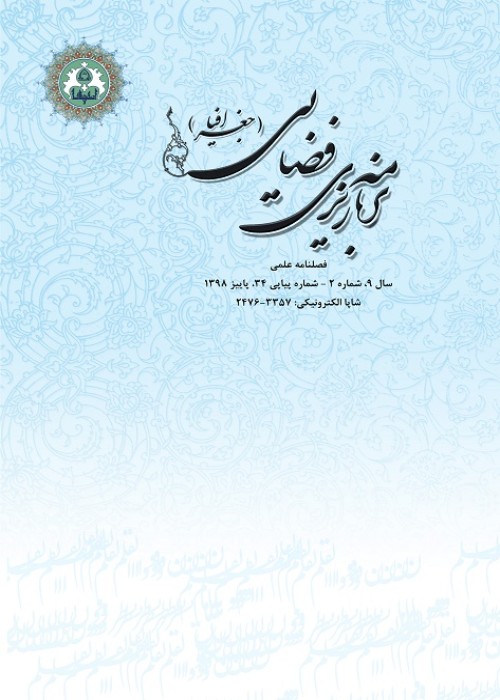Measurement of spatial justice in the distribution of educational land use in Ardebil
Author(s):
Abstract:
Rapid growth (either physically or in population) of the city of Ardabil in recent decades, has called for an increase in public affaires and facilities, including educational facilities. On the otherwise, the weaknwss of urban management system, in supplying these needs, has caused some disorders in services distribution system, also unbalanced distribution of educational centers through the areas of the city of Ardabil, so, forming neighborhoods with limited access to these centers, and finally causing spatial injustice. The aim of this study was to evaluate the spatial distribution pattern of educational centers in Ardabil, the functional radius desirability, evaluating the relationship between population and the spatial distribution of educational centers, and its distance from the core of the city. This research enjoys an applied goal, and has a descriptive-analytical nature. Library method has been used for collecting necessary data and information. In order to analyze the data and functions, we benefited nearest neighbor average functions, to check the spatial distribution of educational centers; and Thyssen Polygons, to examine the functional radius desirability of those utility facilities. Also, using Bivariate Moran index in the GeoDa software, spatial autocorrelation of demographic variables, and the distance from the core of the city, associated with the distribution and density of city centers and educational centers in the studied area, were studied and computed. Research findings show that the distribution pattern of primary education, secondary schools, vocational schools and other centers, is cluster-like, and the distribution pattern of middle schools was random. This situation leads to the cluster concentration of educational services in the towncenter, and the lack of these services in the around areas; this services concentration has also leaded to functional radius desirability of the schools in the city center, and the undesirable performance of schools in the periphery of city. Evaluating the relation between distribution of educational centers and the area's population, confirms the weak relationship between these two variables, showin not enough attention paid to demographic factor, and citizen's need to proper service distribution, while, evaluating the distance from the core of the Ardabil, the distribution and density of schools, represent the existence of a negative spatial autocorrelation between these two variables. namely the number of schools has decreased with distance from the downtown core and in the periphery, reaches even zero. The result is that spatial inequalities in land uses distributions and educational centers in the city of Ardabil, is totally tangible, indicating a spatial injustice in residential areas in Ardabil. Present article is the subject of a master's thesis by Ibrahim Firoozi Majandeh, entitled " Measurement of spatial justice in the distribution of public areas in Ardebil", sponsored by the Municipality of Ardebil.
Keywords:
Language:
Persian
Published:
spatial planing, Volume:6 Issue: 3, 2016
Pages:
17 to 36
magiran.com/p1737843
دانلود و مطالعه متن این مقاله با یکی از روشهای زیر امکان پذیر است:
اشتراک شخصی
با عضویت و پرداخت آنلاین حق اشتراک یکساله به مبلغ 1,390,000ريال میتوانید 70 عنوان مطلب دانلود کنید!
اشتراک سازمانی
به کتابخانه دانشگاه یا محل کار خود پیشنهاد کنید تا اشتراک سازمانی این پایگاه را برای دسترسی نامحدود همه کاربران به متن مطالب تهیه نمایند!
توجه!
- حق عضویت دریافتی صرف حمایت از نشریات عضو و نگهداری، تکمیل و توسعه مگیران میشود.
- پرداخت حق اشتراک و دانلود مقالات اجازه بازنشر آن در سایر رسانههای چاپی و دیجیتال را به کاربر نمیدهد.
In order to view content subscription is required
Personal subscription
Subscribe magiran.com for 70 € euros via PayPal and download 70 articles during a year.
Organization subscription
Please contact us to subscribe your university or library for unlimited access!


